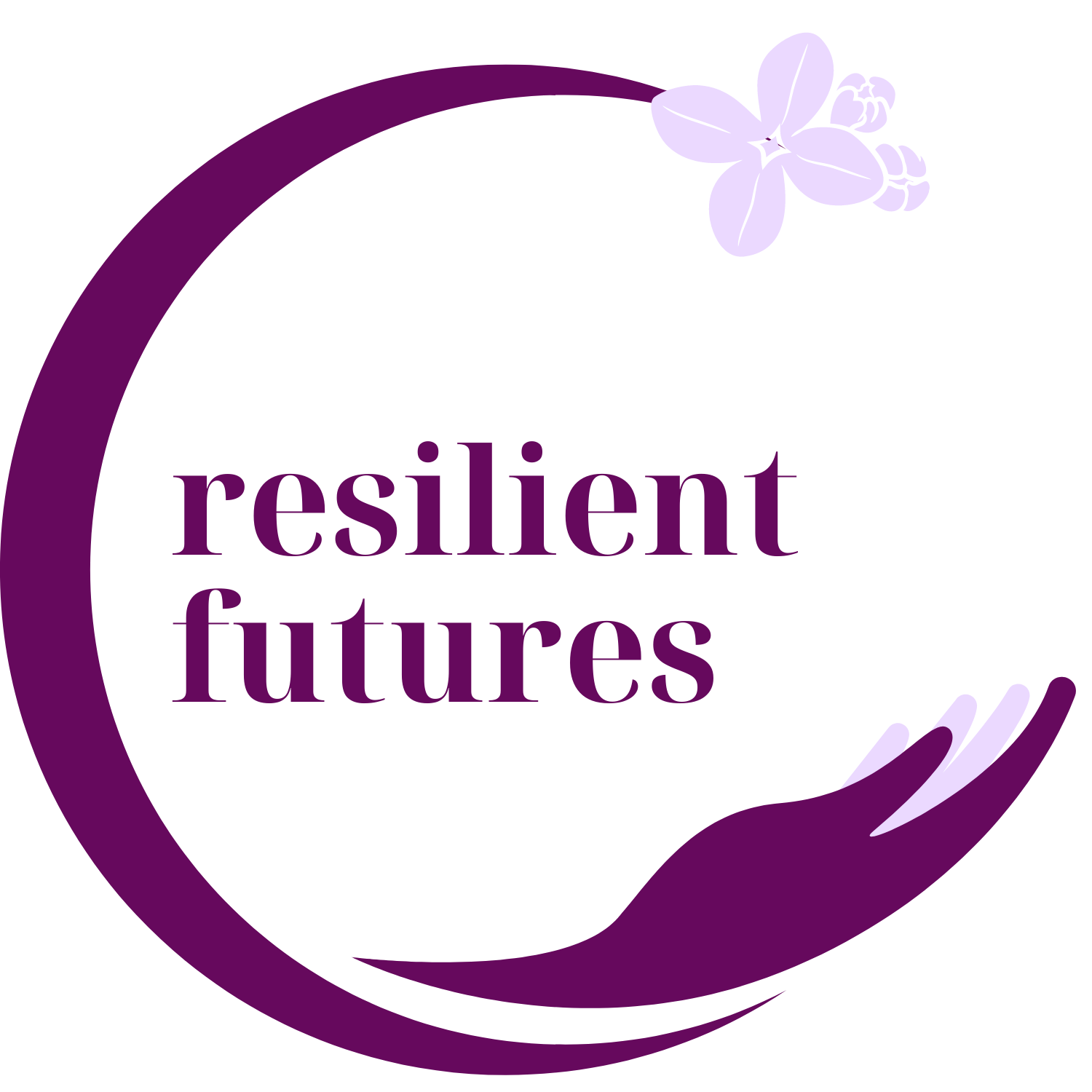Shifting Mindsets: Embracing Trauma-Informed Approaches in Education
In recent years, there has been a growing understanding of the profound impact of trauma on children's development and behavior. As such, it's time for us to shift our mindsets from asking, "What is wrong with you?" to understanding, "What happened to you?" This shift in mindset lies at the heart of trauma-informed approaches in education.
Sign up to read this post
Join Now
